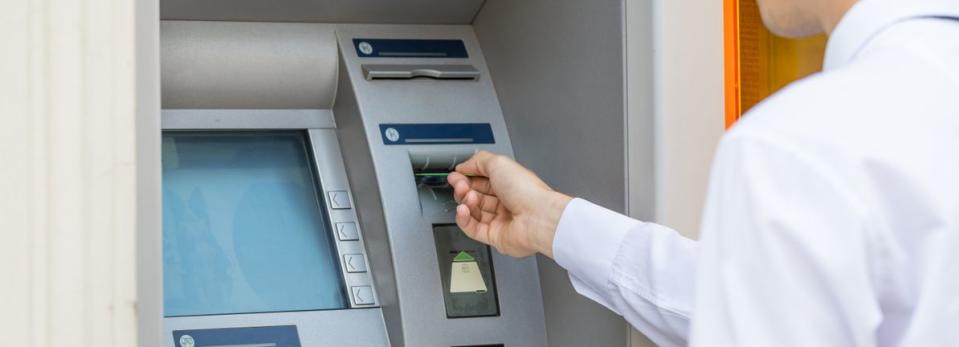How Does Jyske Bank A/S (CPH:JYSK) Fare As A Dividend Stock?

Today we'll take a closer look at Jyske Bank A/S (CPH:JYSK) from a dividend investor's perspective. Owning a strong business and reinvesting the dividends is widely seen as an attractive way of growing your wealth. If you are hoping to live on your dividends, it's important to be more stringent with your investments than the average punter. Regular readers know we like to apply the same approach to each dividend stock, and we hope you'll find our analysis useful.
In this case, Jyske Bank pays a decent-sized 5.4% dividend yield, and has been distributing cash to shareholders for the past three years. It's certainly an attractive yield, but readers are likely curious about its staying power. The company also bought back stock during the year, equivalent to approximately 5.8% of the company's market capitalisation at the time. There are a few simple ways to reduce the risks of buying Jyske Bank for its dividend, and we'll go through these below.
Explore this interactive chart for our latest analysis on Jyske Bank!
Payout ratios
Dividends are typically paid from company earnings. If a company pays more in dividends than it earned, then the dividend might become unsustainable - hardly an ideal situation. As a result, we should always investigate whether a company can afford its dividend, measured as a percentage of a company's net income after tax. Looking at the data, we can see that 22% of Jyske Bank's profits were paid out as dividends in the last 12 months. We like this low payout ratio, because it implies the dividend is well covered and leaves ample opportunity for reinvestment.
Remember, you can always get a snapshot of Jyske Bank's latest financial position, by checking our visualisation of its financial health.
Dividend Volatility
From the perspective of an income investor who wants to earn dividends for many years, there is not much point buying a stock if its dividend is regularly cut or is not reliable. The company has been paying a stable dividend for a few years now, but we'd like to see more evidence of consistency over a longer period. During the past three-year period, the first annual payment was ø5.25 in 2016, compared to ø12.01 last year. This works out to be a compound annual growth rate (CAGR) of approximately 32% a year over that time.
Jyske Bank has been growing its dividend quite rapidly, which is exciting. However, the short payment history makes us question whether this performance will persist across a full market cycle.
Dividend Growth Potential
The other half of the dividend investing equation is evaluating whether earnings per share (EPS) are growing. Growing EPS can help maintain or increase the purchasing power of the dividend over the long run. Earnings have grown at around 2.3% a year for the past five years, which is better than seeing them shrink! As we saw above, earnings per share growth has not been strong. However, at least the payout ratio is conservative, and there is plenty of potential to increase this over time.
Conclusion
Dividend investors should always want to know if a) a company's dividends are affordable, b) if there is a track record of consistent payments, and c) if the dividend is capable of growing. Firstly, we like that Jyske Bank has a low and conservative payout ratio. Unfortunately, earnings growth has also been mediocre, and we think it has not been paying dividends long enough to demonstrate resilience across economic cycles. In summary, we're unenthused by Jyske Bank as a dividend stock. It's not that we think it is a bad company; it simply falls short of our criteria in some key areas.
Earnings growth generally bodes well for the future value of company dividend payments. See if the 5 Jyske Bank analysts we track are forecasting continued growth with our free report on analyst estimates for the company.
If you are a dividend investor, you might also want to look at our curated list of dividend stocks yielding above 3%.
We aim to bring you long-term focused research analysis driven by fundamental data. Note that our analysis may not factor in the latest price-sensitive company announcements or qualitative material.
If you spot an error that warrants correction, please contact the editor at editorial-team@simplywallst.com. This article by Simply Wall St is general in nature. It does not constitute a recommendation to buy or sell any stock, and does not take account of your objectives, or your financial situation. Simply Wall St has no position in the stocks mentioned. Thank you for reading.

 Yahoo Finance
Yahoo Finance 
